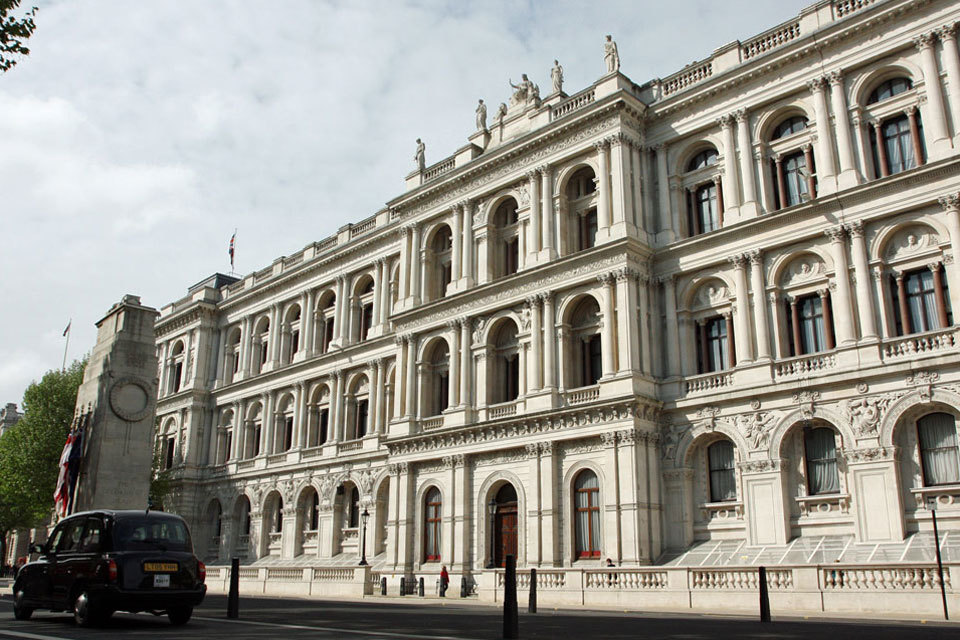Japan's Central Banking Summit on Inflation & Growth

The Bank of Japan, in collaboration with its affiliated think tank, is hosting its annual two-day conference in central Tokyo, commencing on May 27, 2025. This exclusive event has drawn leading figures from global finance, including central bankers and academics from the United States, Europe, and Asia. The primary focus of this year's gathering is the complex dual challenge confronting economies worldwide: persistent weak economic growth coupled with stubbornly high inflation.
Often referred to as Japan’s equivalent of the U.S. Federal Reserve's Jackson Hole symposium, the Tokyo conference plays a significant role in shaping monetary discourse. While it may lack the scenic backdrop of its American counterpart, and its speeches are typically academic and largely closed to media access, the event remains an influential forum for policymakers grappling with intricate economic conditions.
The central theme for the 2025 conference is “New Challenges for Monetary Policy.” Discussions are set to scrutinize how central banks should navigate a fresh confluence of economic pressures. These include not only persistent inflation and downside risks to economic growth but also volatile financial markets and the escalating impact of U.S. trade tariffs, all contributing to a complex decision-making environment for global policymakers.
Unlike many of its international counterparts, the Bank of Japan is currently pursuing a strategy of modest interest rate hikes and a gradual tapering of its bond purchases. However, recent global uncertainties have cast doubt on the sustainability of this approach. Nobuyasu Atago, a former BOJ official, has suggested that the Bank of Japan doesn't need to completely abandon rate hikes but should maintain flexibility to act when economic conditions warrant.
The conference convenes policymakers from key institutions such as the U.S. Federal Reserve, the European Central Bank, the Bank of Canada, and the Reserve Bank of Australia. These central banks are all contending with the significant fallout from U.S. tariffs and broader trade disruptions, which complicate their efforts to manage inflation and foster growth simultaneously, irrespective of their current monetary policy stances.
Among the most keenly anticipated sessions is one dedicated to exploring reserve demand, interest rate control, and quantitative tightening—critical issues for numerous central banks today. Another significant session will analyze an International Monetary Fund paper titled “Monetary Policy and Inflation Scares.” This paper cautions that central banks might be underestimating the potential persistence of inflation following large-scale supply shocks, such as the one triggered by the COVID-19 pandemic.
The global policy landscape reflects these challenges. The Federal Reserve, which was previously anticipated to continue cutting interest rates, is now adopting a more cautious stance as inflationary risks associated with tariffs become more prominent. The European Central Bank is still expected to implement a rate cut in June, but internal discussions increasingly hint at a possible pause thereafter. Meanwhile, the Bank of Japan has been compelled to revise its economic outlook due to trade-related headwinds, suggesting a temporary hold on further rate hikes.
Japan itself is grappling with a notable rise in consumer prices. Core inflation climbed to 3.5% in April, marking its highest level in over two years, while food prices alone surged by 7%, significantly pressuring household budgets. Nobuyasu Atago, now an economist at Rakuten Securities, argues that the Bank of Japan is lagging in its mandate to maintain price stability and may need to adopt more decisive measures to counteract rising domestic price pressures.
The conference will commence with a keynote address by Bank of Japan Governor Kazuo Ueda, followed by a lecture from Agustín Carstens, the general manager of the Bank for International Settlements. These opening speeches are expected to set the overarching tone for the event and provide crucial insights into the future trajectory of global monetary policy coordination.
Ultimately, the Bank of Japan’s conference in Tokyo underscores the delicate balancing act that central banks worldwide currently face. With inflation remaining elevated and global trade tensions on the rise, monetary authorities must carefully weigh the risks of premature action against the dangers of falling behind the curve. As other major central banks shift towards caution or monetary easing, Japan’s strategy of gradual tightening stands out as an outlier, closely monitored by economists globally.








